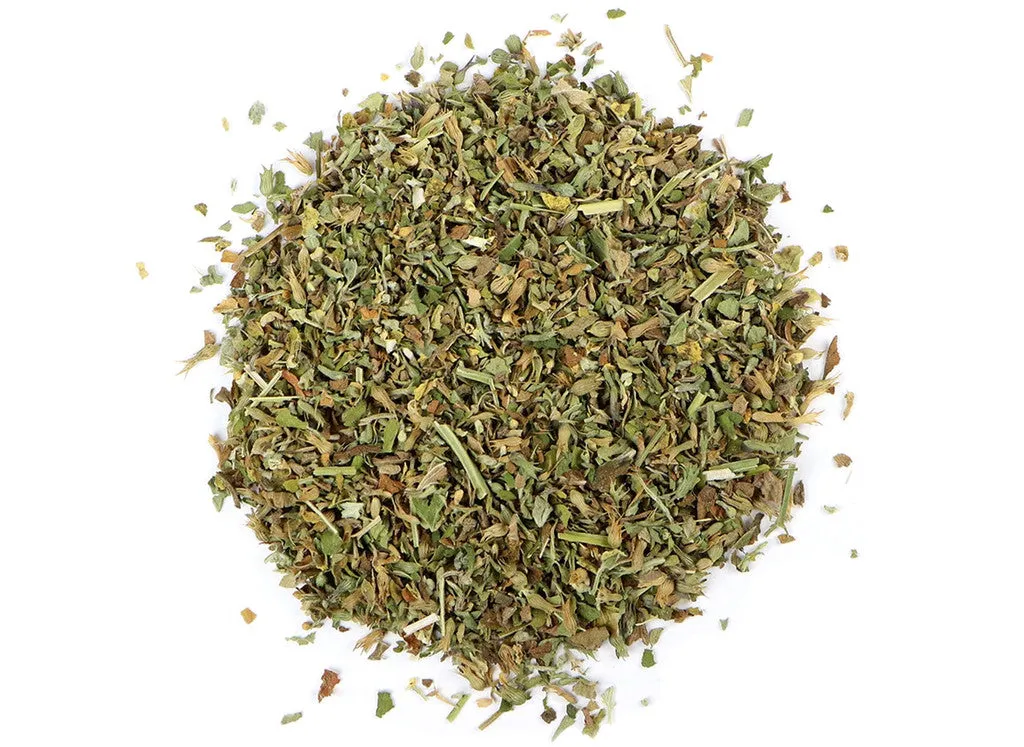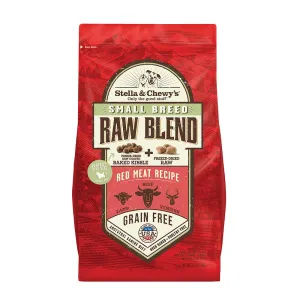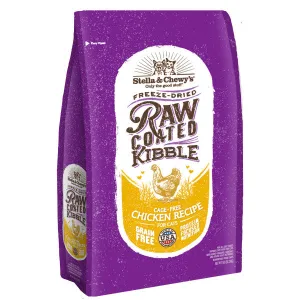Catnip is named after its ability to enrapture feline friends. It gives cats a feeling of pleasure and even euphoria when they inhale it. It can also help to aid their digestive system. In the wild, they eat it regularly.
But Catnip isn’t only for cats.
Traditionally it has been used for digestive spasms and flatulence, as well as, used for calming nerves.
Also known as:
catnip leaf, catswort, catmint
Catnip Uses
Though most people associate catnip with domestic cats, catnip is actually used to flavor different culinary dishes. Catnip, being a part of the mint family, lends itself to a variety of dishes such as fruit salads, tea blends, and Mediterranean dishes.
Catnip leaf and flower benefits for humans include sleep promotion and antioxidant benefits. Catnip is, and has been, used in Traditional Chinese Medicine (TCM) and in many children's products for its calming properties.
Catnip Tea Recipe
-Measure one teaspoon of dried catnip to a tea ball or bag
-Add another teaspoon of dried mint
-Pour 2 cups boiled water over the teabag
-Add a teaspoon of honey or other natural sweetener and enjoy!
| cosmetic | May be tinctured or infused in oil for use in producing lotions and other cosmetics. |
| culinary | Prepare as tea, alone or in combination with other herbs. |
| household | Catnip contains a chemical that repels mosquitoes and other insects. |
| industrial | Sold as a cat attractant. |
Catnip is also used as a natural mouse and pest deterrent, making it great to have organic catnip bulk quantities at home.
Store dried Catnip in an airtight container in a cool, dry place.















